In this week’s newsletter, NASA’s Boeing Crew Flight Test astronauts Butch Wilmore and Suni Williams have successfully docked to the International Space Station; this summer, astronomers around the world will be fixed on one small constellation deep in the night sky; and Hubble is transitioning to a new operational mode, enabling the spacecraft to continue exploring the secrets of the universe through this decade and into the next. Plus, more stories you might have missed.
Starliner Docks to Space Station
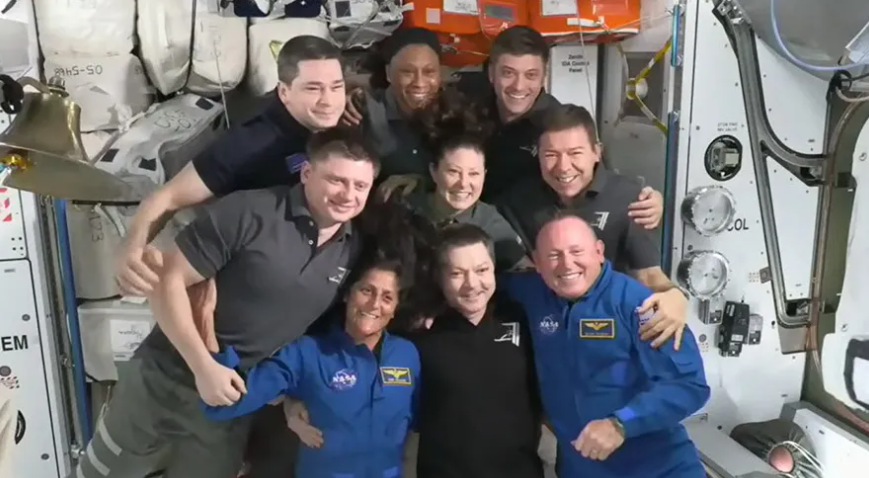
NASA astronauts Butch Wilmore and Suni Williams, aboard Boeing’s Starliner spacecraft, successfully docked at the International Space Station at 1:34 p.m. EDT on Thursday, June 6. As part of the agency’s Commercial Crew Program, NASA’s Boeing Crew Flight Test will help validate the transportation system, launch pad, rocket, spacecraft, in-orbit operations capabilities, and return to Earth with astronauts aboard as the agency prepares to certify Starliner for rotational missions to the space station.
A Transition for Hubble
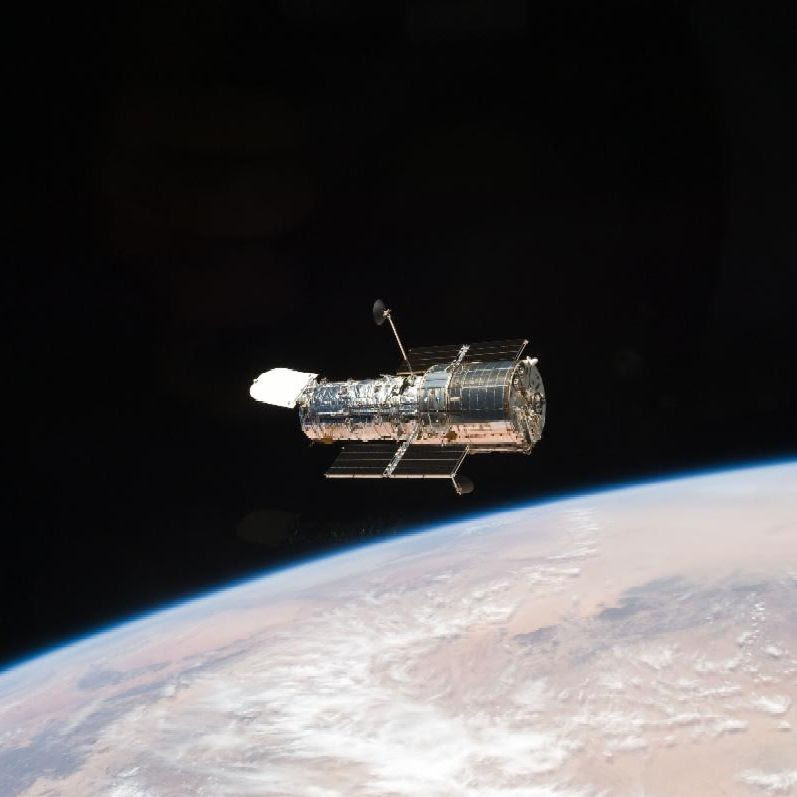
After completing a series of tests and carefully considering the options, the agency will transition its Hubble Space Telescope to operate using only one gyroscope. This change will enable Hubble to continue exploring the secrets of the universe through this decade and into the next.
EARTH AND CLIMATE
Studying Earth’s Poles
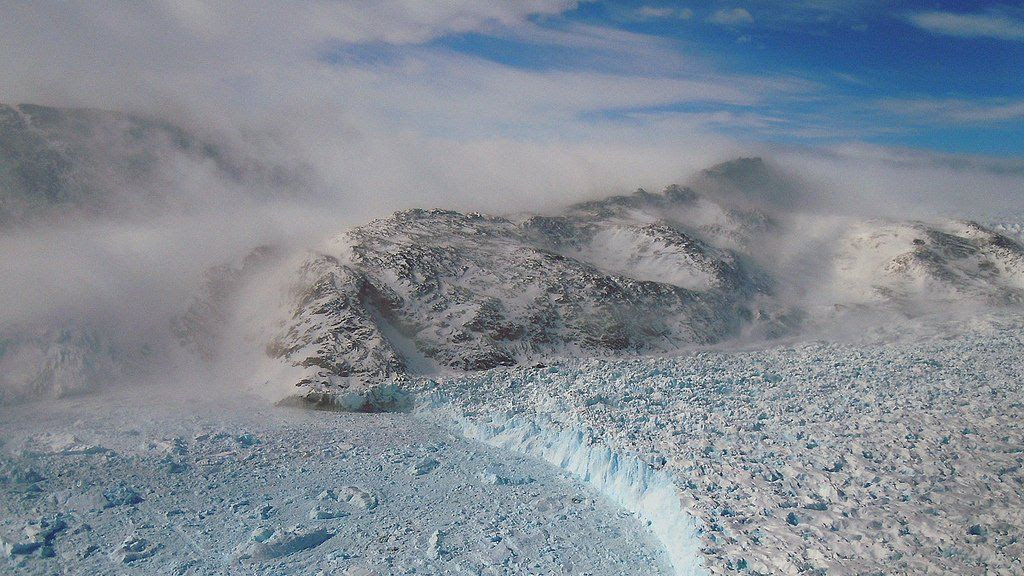
The second of NASA’s PREFIRE (Polar Radiant Energy in the Far-InfraRed Experiment) satellites is communicating with ground controllers after launching on June 4. Data from these two shoebox-size cube satellites will better predict how Earth’s ice, seas, and weather will change in a warming world, providing information to help humanity thrive on our changing planet.
SCIENCE
Finding T Coronae Borealis
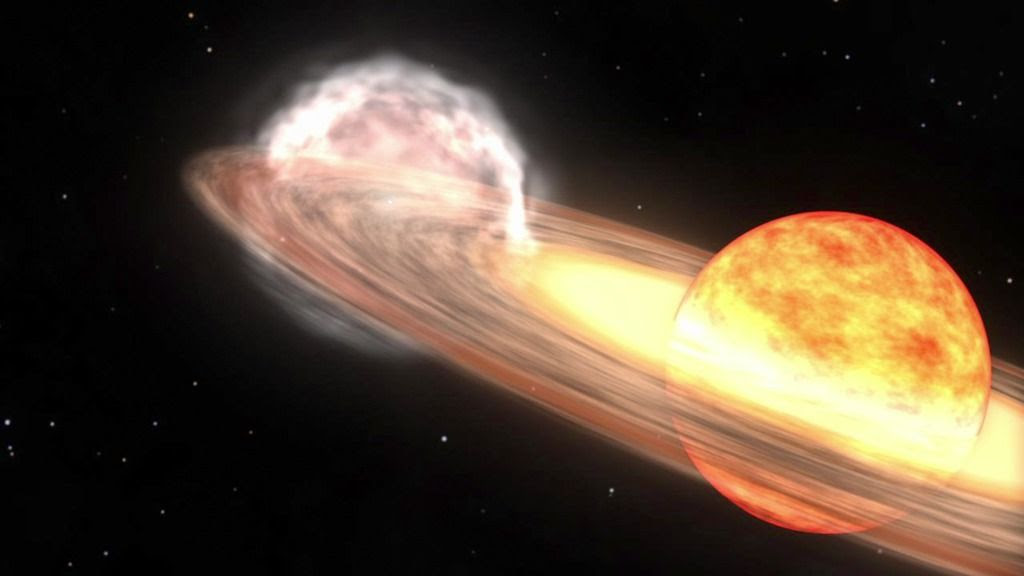
This summer, astronomers will be fixed on one small constellation deep in the night sky: T Coronae Borealis. This binary system nestled in the Northern Crown some 3,000 light-years from Earth is comprised of a white dwarf—an Earth-sized remnant of a dead star with a mass comparable to that of our Sun—and an ancient red giant slowly being stripped of hydrogen by the relentless gravitational pull of its hungry neighbor.
A Different Planet-Forming Environment

An international team of astronomers has used the James Webb Space Telescope to study the disk of gas and dust around a young, very low-mass star. These findings have implications for the potential composition of any planets that might form around this star.
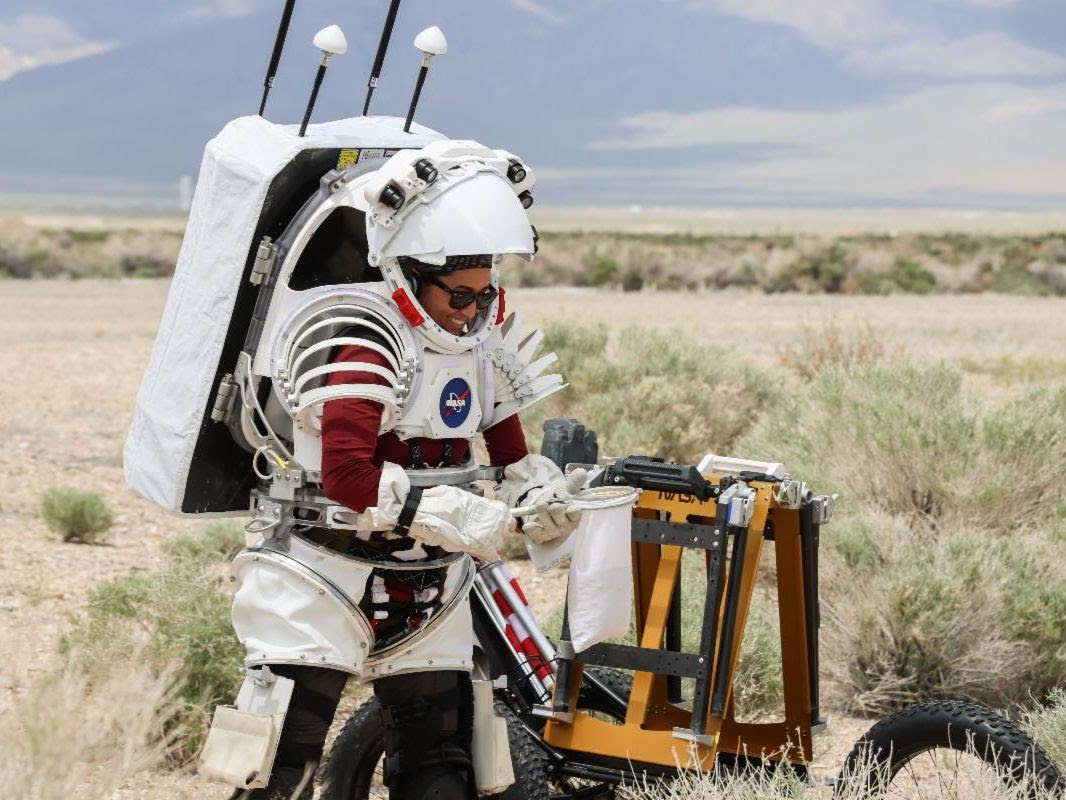
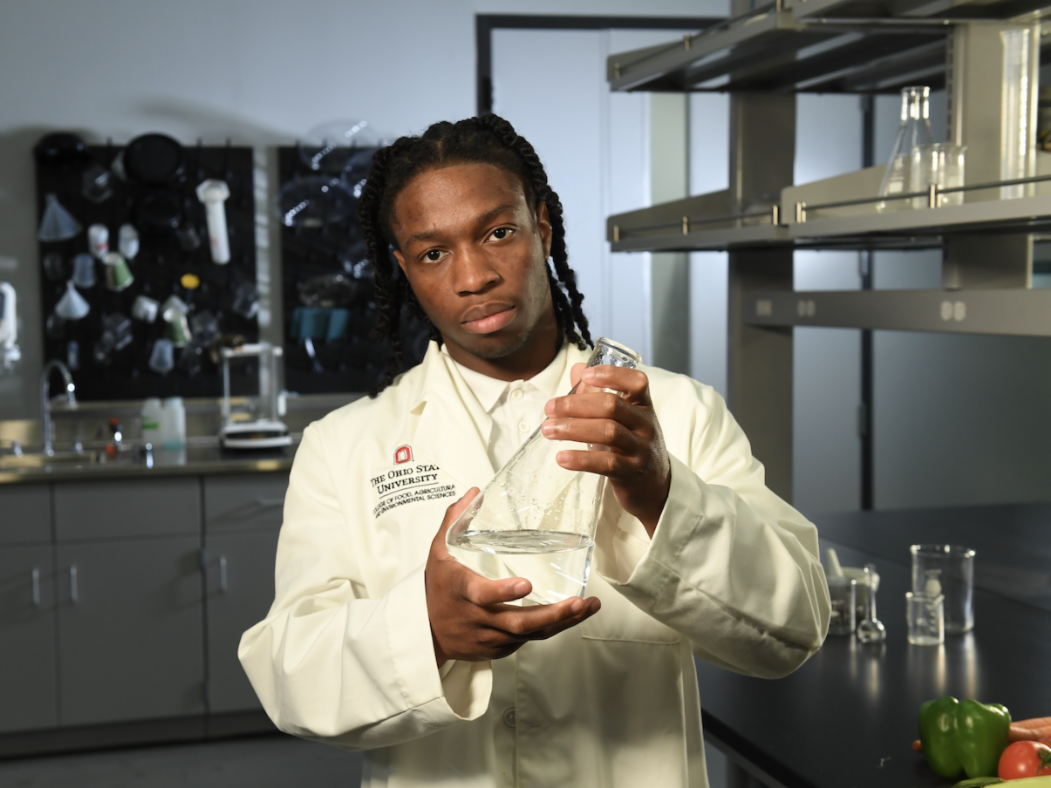
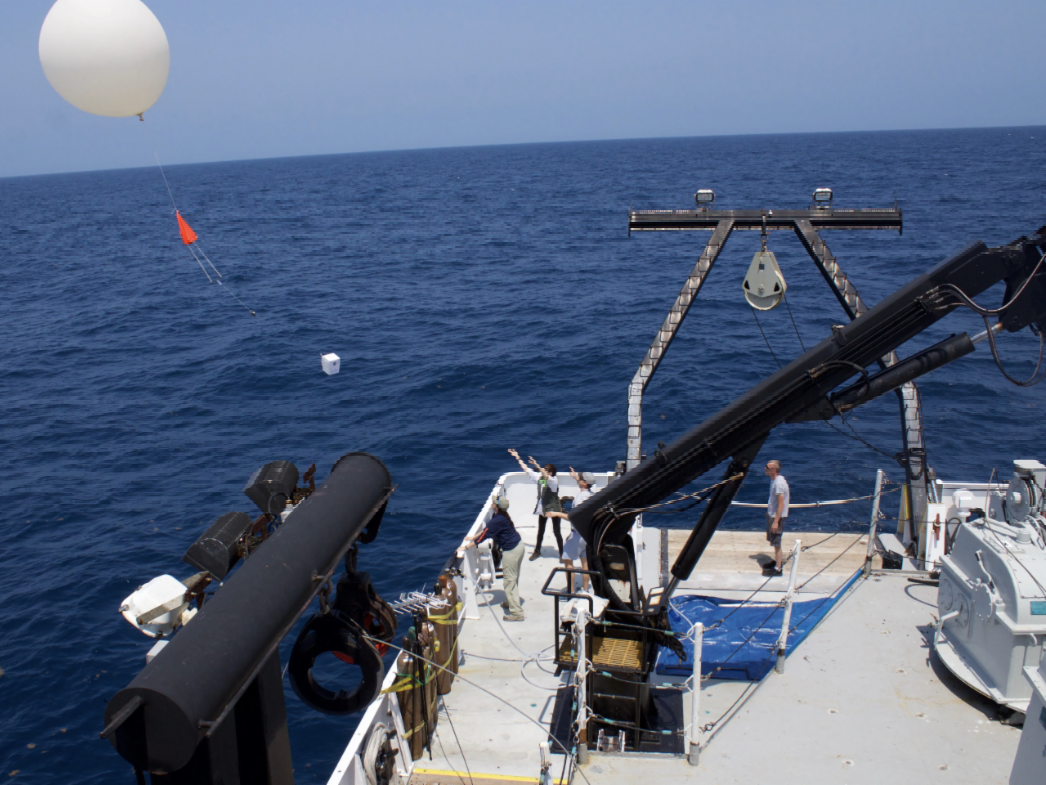
NASA HISTORY
From the Archives
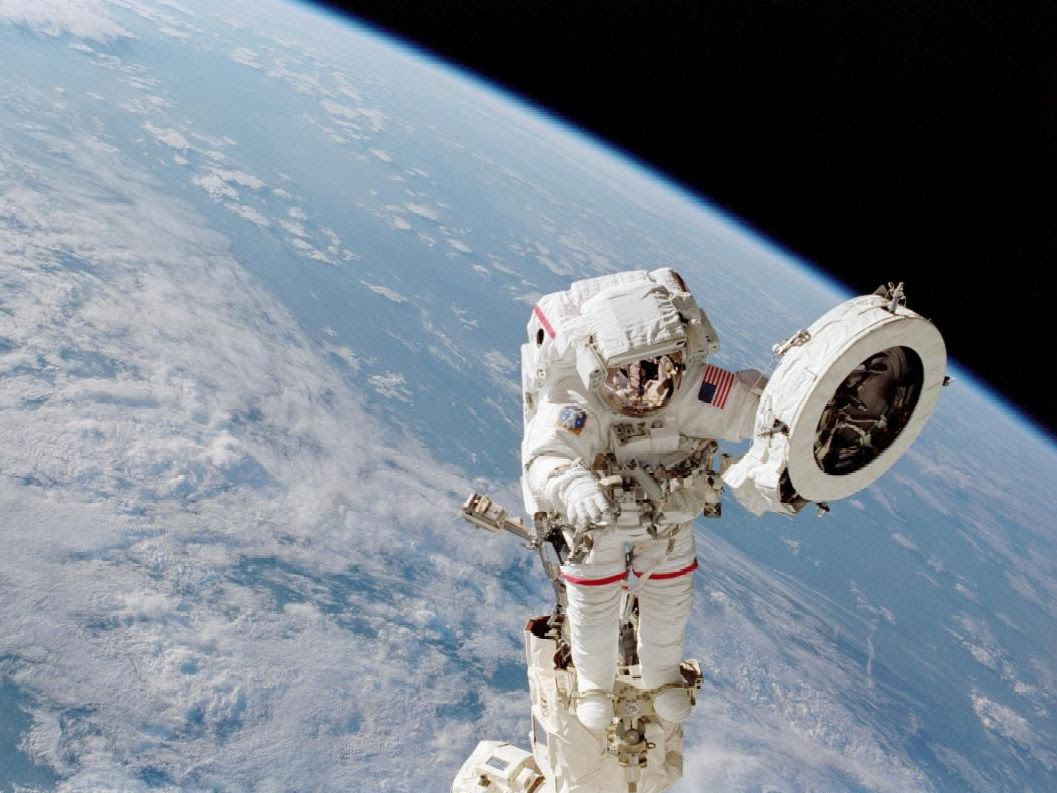
| In this image from June 2002, astronaut Franklin R. Chang-Diaz works with a grapple fixture during a spacewalk on the STS-111 mission to perform work on the International Space Station. The first spacewalk of the mission began with the installation of a power and data grapple fixture for the station’s robotic arm on the complex’s P6 truss. The fixture would allow the robotic arm to grip the P6 truss for future station assembly operations. WHAT WAS THE STS-111 MISSION? |
—
NOTE: This is a NASA Publication. Reformatted to fit this screen.
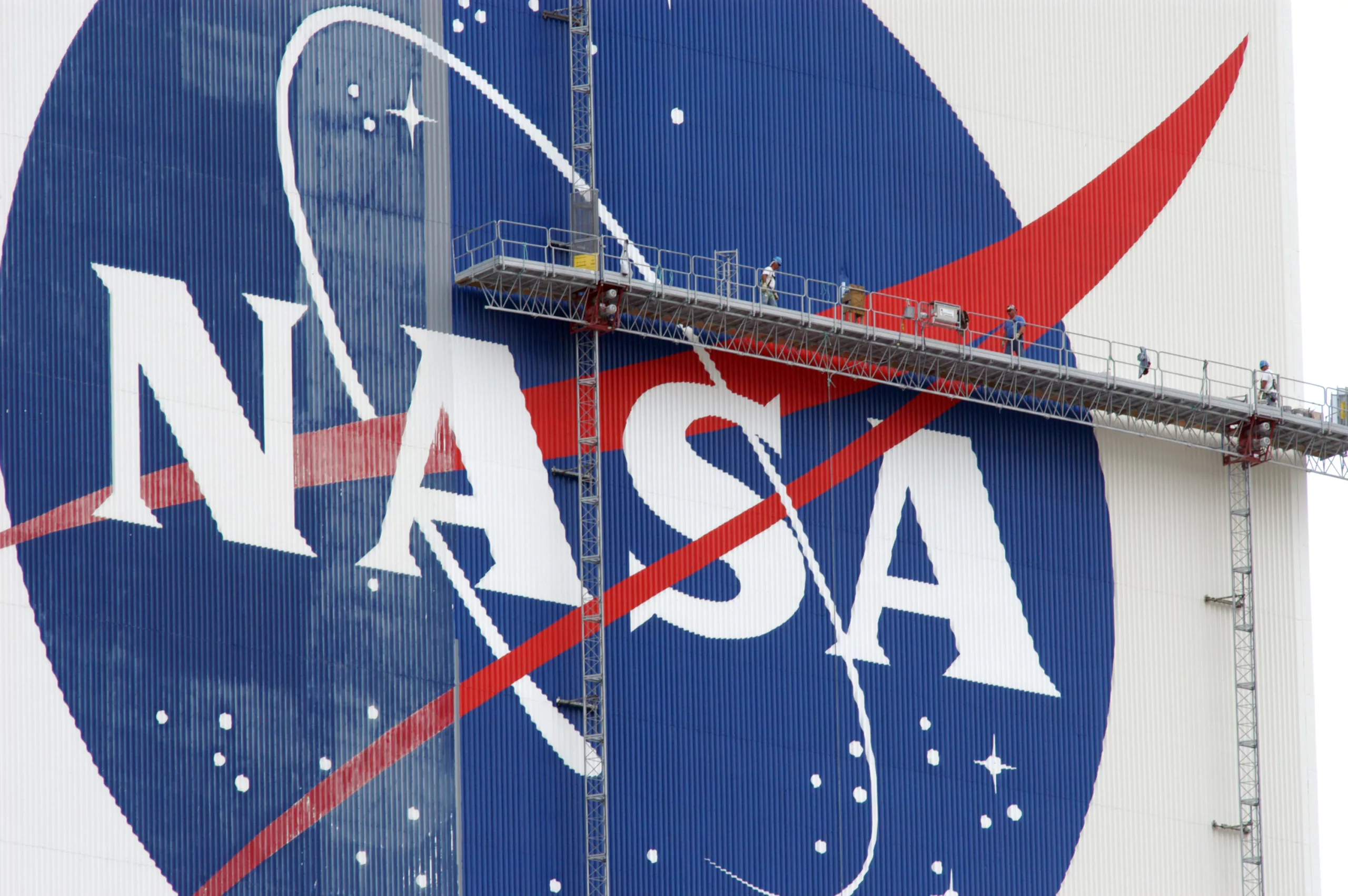
Cool about the nova. The white dwarf is almost parasitic, stealing mass from its RG partner. Should be easy to see, near M13